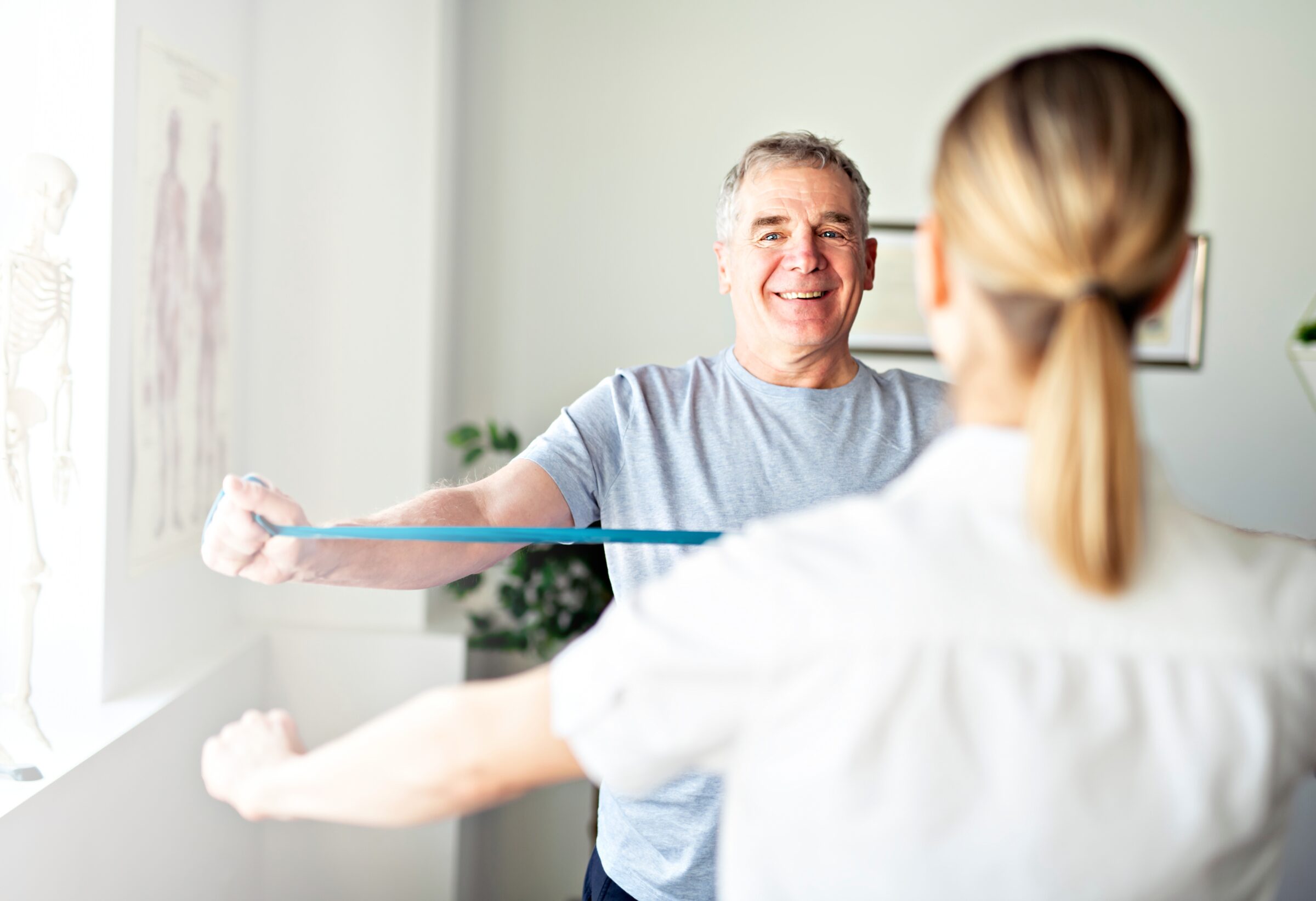Osteoporosis is a condition that reduces bone density and strength resulting in an higher risk of suffering a bone fracture, even from a small fall. It is usually diagnosed by your doctor or other medical staff through a series of investigations which also give an indication of how advanced the changes are.
There are several risk factors that can lead to the development of osteoporosis, some of which may be controlled. Some controllable risk factors include low body weight, smoking, alcohol consumption above the recommended weekly allowance, living a sedentary lifestyle, poor balance and coordination. Risk factors which cannot be controlled include genetics, age, being female, certain medical pathologies as well as certain medications.
The progression of osteoporosis may be managed with medication, especially in cases where bone density is very low and therefore the risk of fracture is high. Osteoporosis can also be effectively self-managed with the appropriate advice around nutrition as well as exercise with or without prescribed medication- the latter would be dependent on the severity of the condition. Moderate cases of osteoporosis may require medication to be managed safely as well as undertaking regular exercise.
Physical activity and exercise have an important role in the management of osteoporosis. Exercise helps in promoting bone strength, reducing the risk of falls, improving posture and managing pain after fracture. Research has shown that weight-bearing exercise with impact and muscle strengthening are the most beneficial. Physical activity and exercise may include participating in a sport or exercise class as well as keeping up with day-to-day activities such as heavy housework, stair climbing, carrying grocery bags and gardening.
Strong, Steady and Straight is a consensus statement published by the British Journal of Sports Medicine. It serves as guidance for the type of exercise which is most beneficial in the management of Osteoporosis. Research points to the importance of incorporating exercise which targets the 3 themes. The paragraphs below give a small explanation about the different types of exercise/activity for each theme as well as a few exercises you might find helpful to try at home.
Strong refers to physical activity best for promoting bone strength. Some examples of exercise which promotes strength include running/jogging, dancing, circuit training and racquet sports for those people diagnosed with mild osteoporosis. Examples for moderate osteoporosis include lower impact exercise such as Nordic walking, stair climbing and regular periods of standing.
Strong exercise programme: Aim for 50 moderate impacts 2-3 times a week. Build up to 3 sets of 8-12 repetitions.
- Squats or sit-stands on a chair
- Press-ups on the floor or on the wall
- Lunges
- Weighted bicep and tricep curls
Steady refers to physical activities that improve balance and reduce the risk of falling. Most exercise which is performed in standing will improve balance. In addition to the types of exercise listed above this can include Pilates, Yoga and Tai Chi.
Steady exercise programme: Aim for 2-3 times a week.
- Single leg standing
- Heel raises
- Tandem walking
Straight refers to physcial activity that aims to improve posture and reduce pain after vertebral bone fractures. Some additions to the list mentioned above include swimming and aqua-aerobics.
Straight exercise programme: Aim for 2-3 times a week. Up to 10 repetitions with a 3-5s hold.
- Seated/standing rows with a band
- Bird-dog on all fours
Physical activity and exercise have not been found to be associated with causing significant harm in people with osteoporosis. Though some caution is advised, the benefits of physical activity and exercise outweigh the risks. If you have been diagnosed with osteoporosis the Royal Osteoporosis Society have helpful information on their website about living with osteoporosis. If you are looking for some more individual advice our Physiotherapists at The Thornbury Clinic have the expertise to help with this. for more information visit www.thethornburyclinic.co.uk

